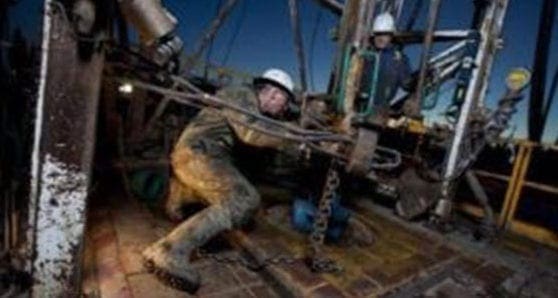
Saskatchewan had the highest level of productivity at $79.90 per hour, followed by Alberta ($78.50) and Newfoundland ($76.90)
Alberta had the second highest level of labour productivity in 2018 among the provinces ($78.50 per hour) after Saskatchewan ($79.90) and just ahead of Newfoundland and Labrador ($76.90), according to ATB Financial’s Economics & Research Team.
Productivity for Canada as a whole was $59.40 per hour.
In its daily economic update, The Owl, ATB said the labour productivity statistics generated by Statistics Canada measure real Gross Domestic Product (GDP) per hour of work broken down by province and industry. The use of real GDP rather than, for example, an industry’s annual revenues, edits out price fluctuations and ensures the value added by each industry is counted only once.
“The reason Saskatchewan, Alberta and Newfoundland and Labrador top the list when it comes to labour productivity is they each have relatively large oil and gas extraction sectors. The huge amount of capital investment involved in oil and gas extraction results in a large amount of output per worker,” said ATB.
“Labour productivity in Alberta’s oil and gas extraction sector was $517.20 per hour last year. Newfoundland and Labrador’s was an astonishing $3,160.10 per hour, reflecting, in part, the lower capital costs of its offshore oil projects compared to Alberta’s more expensive oil sands projects.
“When oil and gas extraction is subtracted, Alberta’s labour productivity falls to $61.90 per hour, Saskatchewan’s to $67.80 and Newfoundland and Labrador’s to $55.10.”
From 2010 to 2014, Alberta’s labour productivity grew by an average of 2.5 per cent per year, explained ATB. But since then, productivity has decreased in three of the last four years for an average annual contraction of 0.01 per cent. Nationally, labour productivity grew by an average of 1.6 per cent over the 2010-2014 period but has averaged only 0.6 per cent growth over the last four years, it said.
“Labour productivity in Alberta’s oil and gas extraction sector has increased rather than decreased since the recession as operational efficiencies were sought and labour-intensive projects were either completed or put on hold. Labour productivity in the oil and gas extraction sector increased by an average of 1.6 per cent per year over the 2010-2014 period compared to 10.6 per cent per year since 2015,” said ATB.
“Productivity in the “support activities for oil and gas extraction” sector has taken a somewhat different path, falling during the recession years of 2015 and 2016 but jumping by 26.2 per cent in 2017 and by another 6.4 per cent in 2018.”
The views, opinions and positions expressed by columnists and contributors are the author’s alone. They do not inherently or expressly reflect the views, opinions and/or positions of our publication.

